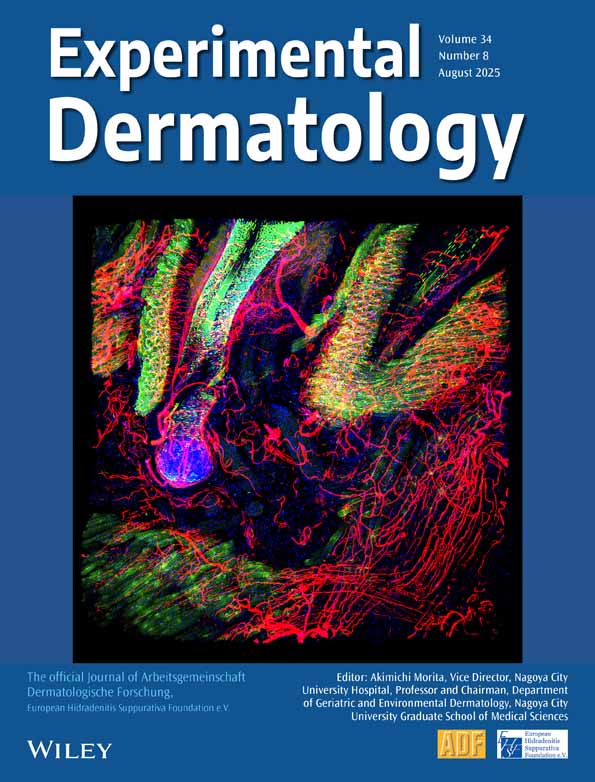Sigma receptors as novel target structures for cancer chemotherapeutics
Abstract
Sigma receptors bind several important classes of psychotropic drugs. Two pharmacologically defined subtypes exist, termed sigma-1 and sigma-2. Sigma receptors are widely distributed across tissues. Both subtypes are highly expressed in tumor cell lines, including breast, lung, and prostate tumor cellines as well as neuroblastomas, gliomas, and melanomas. Furthermore, sigma-2 receptors become more upregulated in rapidly dividing cells. Activation of sigma-2 receptors results in apoptotic cell death. The signaling pathway involves changes in intracellular calcium levels as well as increases in the cellular sphingolipids ceramide and sphingosylphosphorylcholine. The apoptotic effect of sigma-2 agonists is not affected by the p53 status of the cells and is independent of caspase activity. Subtoxic doses of sigma-2 receptor agonists markedly potentiate the cytotoxic effect of doxorubicin and actinomycin-D in breast tumor cellines, indicating a chemosensitizing effect. The very high density of Sigma receptors in tumor cells indicates that they may also be useful targets for development of non-invasive tumor imaging agents. Several radiolabeled sigma ligands show favorable biodistribution and tumor uptake, and melanoma cell tumor xenografts have been successfully imaged in nude mice. Taken together, these results suggest that sigma-2 receptors are involved in the regulation of cell proliferation and survival and activate a novel pathway of programmed cell death. It may be possible to exploit this pathway and the high tumor expression of sigma-2 receptors to develop agents for the treatment and diagnosis of drug-resistant tumors.




